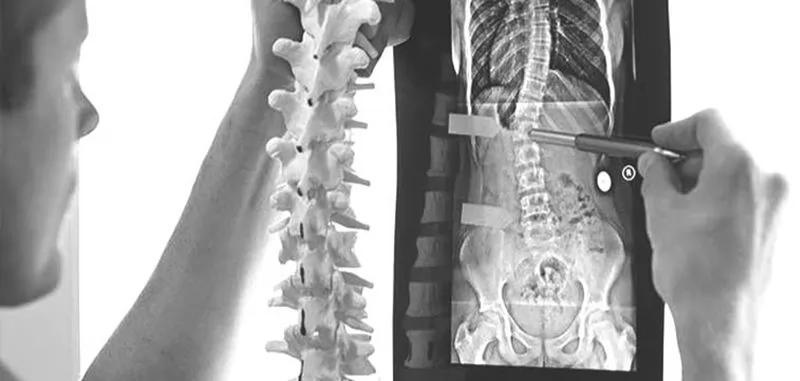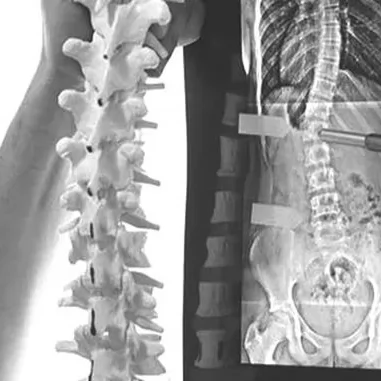What is Scoliosis?
Product Categories
What is Scoliosis?
WHAT IS SCOLIOSIS?
Scoliosis is a deformity where the spine, which should normally be straight, bends to the right or left. When viewed from the side, the spine may appear in an S-shape or C-shape. This condition usually begins in childhood and adolescence but can be seen in all age groups. Scoliosis is often not consciously noticed because it does not show very obvious symptoms in the early stages. However, if left untreated, the curvature of the spine can progress over time and lead to more serious health problems.
Types of Scoliosis:
Physical (Idiopathic) Scoliosis: This is the most common type of scoliosis and usually develops without a specific cause. It typically appears during the growth spurt in adolescence.Congenital Scoliosis: Occurs due to abnormal development of the spine from birth.
Neurological Scoliosis: Develops due to nervous system disorders (e.g., spina bifida or cerebral palsy).
Degenerative Scoliosis: Caused by degeneration in the joints due to aging, resulting in spinal curvature.
Symptoms of Scoliosis:
• Curvature of the spine• Loss of body symmetry
• Difference in shoulder level
• Lower back or back pain
• Breathing difficulties (in severe cases)
Treatment of Scoliosis:
Scoliosis treatment varies depending on the patient’s age, degree of curvature, type, and rate of progression. Early diagnosis and treatment can help prevent the condition from worsening. Treatment options include the use of braces, exercise therapy, and surgical intervention.Brace Treatment: Commonly used especially in growing children to stop or slow down the curvature.
Exercise: Physical therapy and special exercise programs can help strengthen the spine.
Surgical Intervention: If the curvature is severe and other treatment methods are insufficient, surgery may be required. Surgery can help straighten and stabilize the spine.


